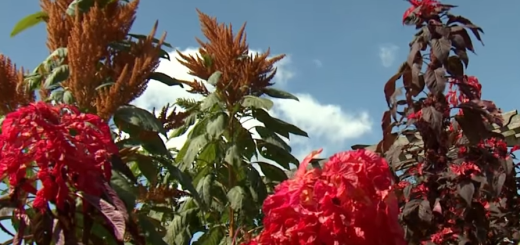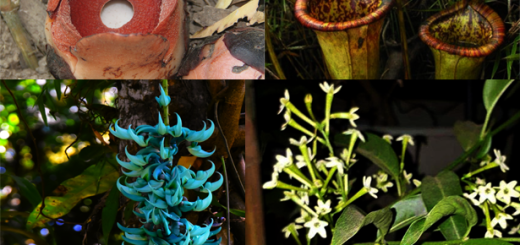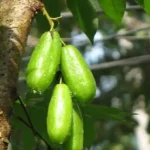Santan Flower – Nature’s Burst of Color

If you’ve ever strolled through a tropical garden or passed by a well-kept hedge in Southeast Asia, chances are you’ve seen the cheerful blooms of the Santan flower, also known botanically as Ixora. This vibrant shrub, often overlooked, is one of the most common yet beautiful flowering plants in warm climates — and for good reason.
What is the Santan Flower?
Santan (Ixora coccinea) is an erect and smooth ornamental shrub, growing to a height of 2 to 3 meters with a small tubular and scarlet flowers. Flower colors would range from crimson red, yellow, orange to cream and pure white. Though we have our native varieties and it is present almost everywhere in the Philippines, none of these garden-popular santans are proudly Philippine native.
The white variety is I. finlaysoniana, a Thai species. The red are either I. coccinea or I. javanica, respectively from China and Indonesia. It’s sometimes called “Jungle Flame” or “Flame of the Woods” due to its fiery clusters of small, tubular flowers.
A Symbol of Simplicity and Resilience
In many cultures, especially in the Philippines and India, the Santan flower is more than just decoration. It’s a nostalgic plant — one that reminds people of childhood, school gardens, and the simple joy of picking petals to make bubbles or mini garlands. Despite its delicate appearance, the Santan is tough. It tolerates heat, humidity, and pruning, making it ideal for hedges and ornamental landscaping.
How to Grow Santan
One of the most attractive features of the Santan flower is how easy it is to grow and maintain. Here’s what it needs to thrive:
- Sunlight: Full sun to partial shade.
- Water: Regular watering is ideal, but the plant can tolerate short dry periods.
- Soil: Well-drained, slightly acidic soil promotes the best flowering.
- Pruning: Regular trimming encourages bushier growth and more blooms.
- Propagation: Easily propagated from stem cuttings.
Santan plants are also relatively pest-resistant, although aphids and mealybugs can occasionally be a problem.
Cultural and Medicinal Uses
Beyond its beauty, the Santan flower has been used in traditional medicine. In Ayurveda and folk remedies, various parts of the plant are believed to have antiseptic and anti-inflammatory properties. Some cultures use the roots or leaves in herbal teas or poultices to treat wounds, fevers, or digestive issues. While modern science hasn’t fully validated all these claims, the plant’s historical use adds to its appeal.
Santan Flower: Star of the Garden
The Santan flower may not always be the star of a botanical garden, but it’s one of the most dependable and cheerful players in the world of tropical flora. Whether you’re planting a hedge, designing a butterfly-friendly garden, or simply want a splash of color that lasts all year, the Santan flower is a perfect choice.
Its charm lies in its simplicity — a timeless reminder that even the most common blooms can bring uncommon joy.
Learn more about trees in The Philippines.
References:
https://en.wikipedia.org/wiki/Ixora_coccinea
https://steemit.com/flower/@annesaya/philippine-flower-1-the-red-santan-flower










